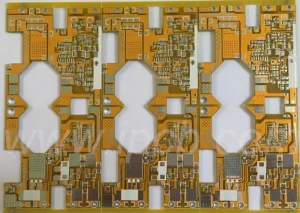
Insulate Metal Substrate Design and Manufacturing
Insulate Metal Substrate, as a type of computer motherboard, aims to improve thermal efficiency and mechanical strength by applying metallisation to a thick substrate. It is also known as aluminium
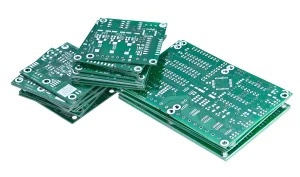
Future Trends of Glass Epoxy PCBs
Concept of Glass Epoxy PCB Glass epoxy PCB is a common printed circuit board material, made of glass fiber cloth and epoxy resin combination. Epoxy resin as a hard and
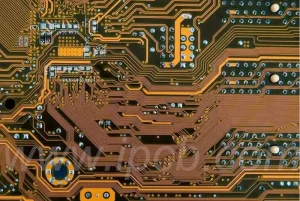
Innovative applications for insulate metal substrate
Insulate metal substrates are made using a unique insulating material that presses the copper foil of the circuit board to the metal substrate. The metal substrate is specially treated to
Role of Glass Substrate in Semiconductor
Semiconductor base material is an indispensable component in the development of contemporary advanced manufacturing, which is widely used in the production of various electronic devices such as transistors, light-emitting diodes
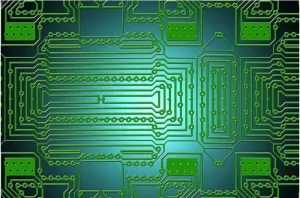
PCB Board Etching Technology Overview
PCB board to be retained on the part of the copper foil pre-plated layer of lead and tin resist layer, and then chemically corrode off the rest of the copper
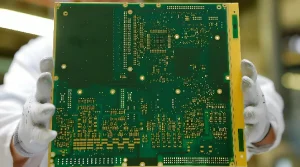
Optimizing PCB RF Shielding for Better Performance
With the continuous development of electronic technology, especially the rapid growth of 5G communication, Internet of Things (IoT), smart devices and other fields, the radio frequency (RF) performance of electronic
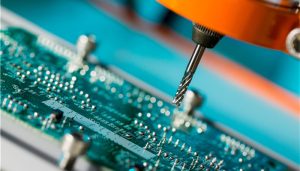
dry film pcb
Dry film pcb is a photosensitive polymer film, usually composed of polyester support film, photoresist layer and protective film. In the PCB manufacturing process, through the exposure and development steps,
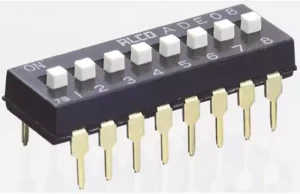
Printed Circuit Board Switches Selection
The printed circuit board switches are the components used to control the switching state of a circuit, also known as a switching circuit board or switch board. It usually consists
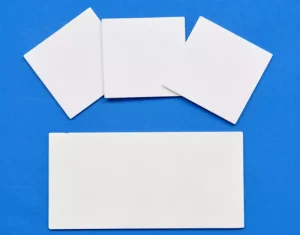
Types and properties of ceramic pcb materials
Ceramic pcb materials, with their excellent physical and chemical properties, are increasingly being used in electronics, aerospace, medical and energy applications. In this paper, we will discuss the properties of
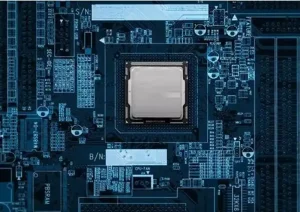
Advantages and applications of water temp pcb
A water temp pcb is a circuit assembly specifically designed to monitor and control the temperature of water. Its core function is to ensure that various water-related systems operate efficiently
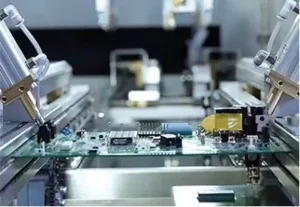
Causes and countermeasures of solder beads
Solder beads refer to the small spherical or dotted solder that appears on the pads or on the metal layer on the backside after SMT circuit board assembly. The diameter
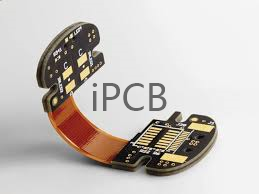
flex pcb production
Flex pcb production starts with designing the circuit board structure and layout. A flexible circuit board is a printed circuit board that is designed to be flexible and bendable. Unlike
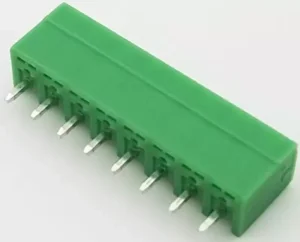
Types and applications of pcb connectors
PCB connector is a key component used in electronic equipment to achieve circuit connection and signal transmission, plays a key role in connecting circuit boards and external devices, and achieving
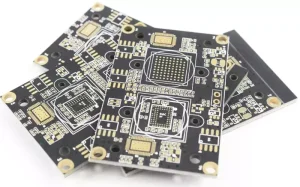
HF board characteristics and layout points
HF board refers to special circuit boards with high electromagnetic frequency, which are used in the field of high frequency (frequency greater than 300MHZ or wavelength less than 1 metre)
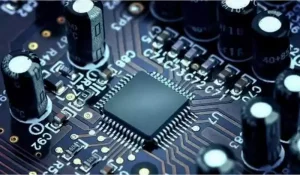
Printed Circuit Board RF Chip
Printed circuit board radio frequency (RF) chip, also known as printed circuit board rf chip, is the core components in the field of wireless communications and are responsible for converting
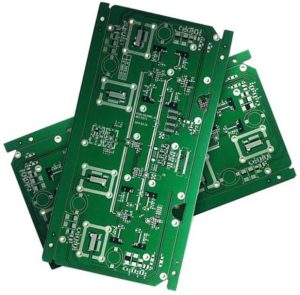
Double sided PCB board characteristics and material
A double sided PCB board (or 2-layer PCB) is a printed circuit board coated with copper on both sides, top and bottom. There is an insulating layer in the middle.
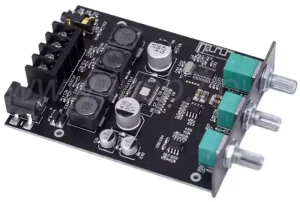
Bluetooth pcb board design and application
Bluetooth pcb board is a key electronic component that plays an important role in modern technology. Bluetooth pcb board is a wireless communication technology that transmits data and information through
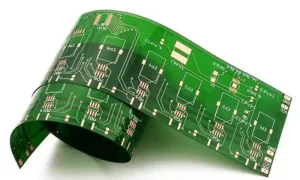
Analysis and prevention of PCB warping and twisting
In printed circuit board (PCB) manufacturing, pcb warping and twists are often seen as the top defects in nonconformities, which often stems from a lack of in-depth understanding of their
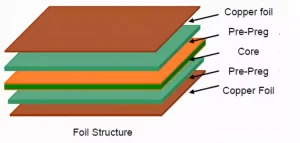
Layers of a pcb and structure
Layers of a pcb is the copper layer, PCB is made of copper layer + substrate compression and become, in addition to a single panel is a layer of copper,
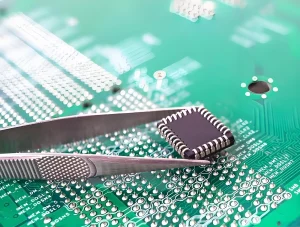
How to Remove IC Chips
In the process of repairing and modifying electronic equipment, mastering how to remove IC chips is an important skill. IC (integrated circuit) chips are widely used in a variety of
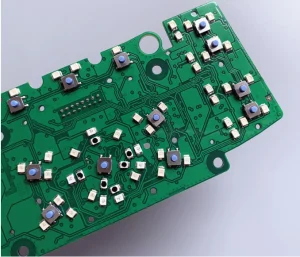
Exploring the optimisation of pcb button materials
PCB buttons are everywhere we live and work, from mobile phones and TV remotes to computer keyboards, keys are an important medium of interaction between us and our devices. PCB
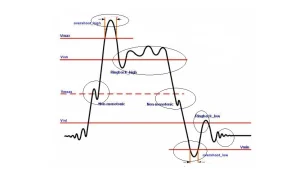
What is signal integrity?
In modern electronic equipment, high-frequency and high-speed performance is gradually becoming the industry standard. People have higher requirements for the speed, precision and reliability of various electronic products, which makes
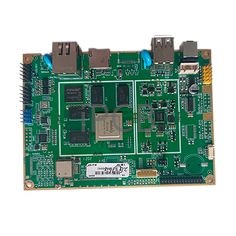
printed circuit board fabrication
Main Steps in Printed circuit board fabrication:To get a clear picture of the printed circuit board fabrication process, let’s take a step-by-step look at how a PCB develops from an
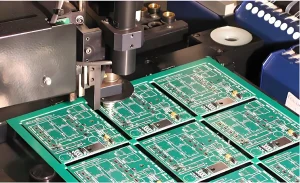
What is RoHS PCB Board
Printed circuit boards (PCBs) are the foundation of modern electronics, and their manufacture involves a wide range of materials and chemicals. However, as environmental awareness grows, global requirements for PCB